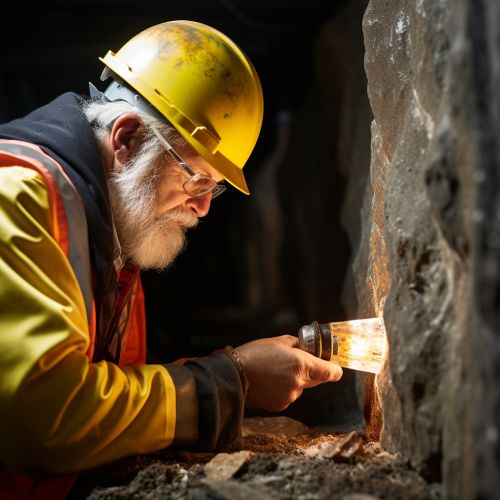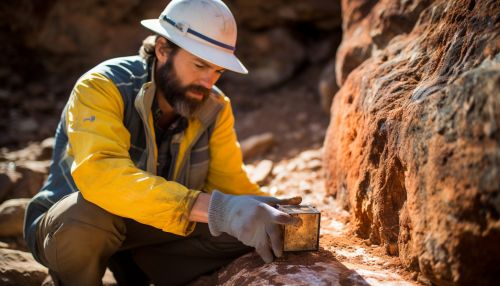Paleoecology
Introduction
Paleoecology is a branch of ecology that studies the interactions of ancient organisms and their environments. It is a multidisciplinary field that uses evidence from fossils, subfossils, and other geological and biological records to reconstruct the ecosystems of the past and understand their changes over geological time scales.
Historical Overview
The concept of paleoecology was first introduced in the late 19th century by the Swedish geologist Gerhard de Geer. He proposed that the study of past environments could provide valuable insights into the present and future ecological changes. The field has since evolved and expanded, incorporating techniques and theories from various disciplines such as paleontology, geology, climatology, and biology.


Principles and Methods
Paleoecologists use a variety of methods to study past environments. These include the analysis of fossil and subfossil remains, isotopic analysis, sedimentological studies, and the use of mathematical models.
Fossil Analysis
Fossils provide direct evidence of past life forms and their environments. By studying the morphology, distribution, and abundance of fossils, paleoecologists can infer the ecological roles of extinct organisms and reconstruct past ecosystems.
Isotopic Analysis
Isotopic analysis involves the study of stable and radioactive isotopes in geological and biological materials. This method can provide information about the diet, migration patterns, and climatic conditions of past organisms and environments.
Sedimentological Studies
Sedimentological studies involve the analysis of sedimentary rocks and deposits. These can provide information about the physical and chemical conditions of past environments, such as temperature, salinity, and nutrient availability.
Mathematical Models
Mathematical models are used to simulate past ecosystems and predict their responses to environmental changes. These models can incorporate data from various sources, including fossils, isotopes, and sedimentary records.
Applications
Paleoecology has a wide range of applications in various fields. These include conservation biology, climate change research, and resource management.
Conservation Biology
In conservation biology, paleoecological data can be used to identify areas of high biodiversity in the past and assess the impacts of human activities on these areas. This information can help in the development of conservation strategies and the restoration of degraded ecosystems.
Climate Change Research
Paleoecology plays a crucial role in climate change research. By studying past climatic conditions and their effects on ecosystems, paleoecologists can provide valuable insights into the potential impacts of future climate change.
Resource Management
In resource management, paleoecological studies can inform the sustainable use of natural resources. For example, the study of past forest ecosystems can guide forest management practices, while the study of past marine ecosystems can inform fisheries management.
Challenges and Future Directions
Despite its many applications, paleoecology faces several challenges. These include the incomplete fossil record, the difficulty of interpreting paleoecological data, and the need for interdisciplinary collaboration.
Looking forward, the field of paleoecology is likely to continue evolving with advances in technology and methodology. The integration of paleoecology with genomics, remote sensing, and other emerging fields holds great potential for advancing our understanding of past ecosystems and their changes over time.
